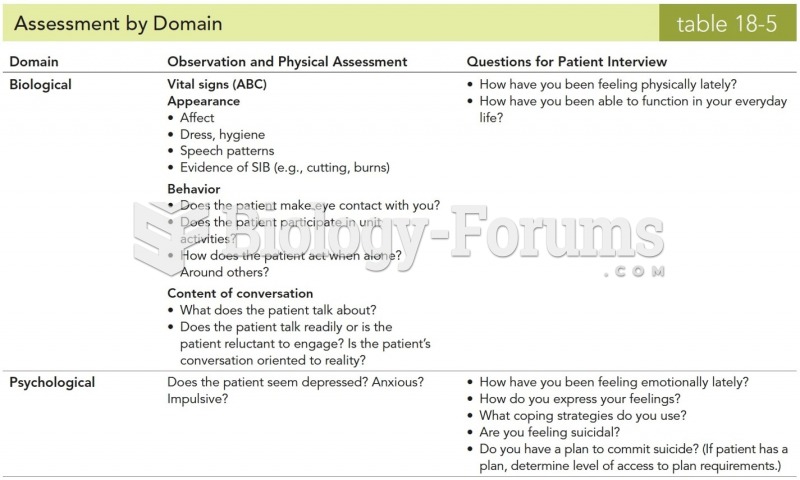Answer to Question 1
ANS: D
A genogram uses a standardized set of connections to graphically record basic information about family members and their relationships over three generations. Genograms are updated and/or revised as new information emerges. An ecomap is essentially a sociogram, illustrating the shared relationships between family members and the external environment. Beginning with an individual family unit or client, the diagram extends to include significant social and community-based systems with whom they have a relationship. These data identify at a glance the family's interaction with environmental supports and its use of resources available through friends and community systems. Adding the ecomap is an important dimension of family assessment, providing awareness of community supports that are, or are not, being used to assist families. A gendergram is used to understand gender role development in families and its influences on current role enactments. Family time lines offer a visual diagram that captures significant family stressors, life events, health, and developmental patterns through the life cycle. Family history and patterns developed through multigenerational transmission are represented as vertical lines. Horizontal lines indicate timing of life events occurring over the current life span. These include such milestones as marriages, graduations, and unexpected life events such as disasters, war, illness, death of person or pet, moves, or births. Timelines are useful in looking at how the family history, developmental stage, and concurrent life events might interact with the current health concern.
Answer to Question 2
ANS: C
Circular questions focus on family interrelationships and the impact of a serious health alteration on individual family members and the equilibrium of the family system. The nurse uses information the family provides as the basis for additional questions. A technique used to examine relationships is called ecomap. Circular questioning assists the nurse in developing interventions, not diagnoses. Circular questioning helps the nurse gain multidimensional, not specific, information.







